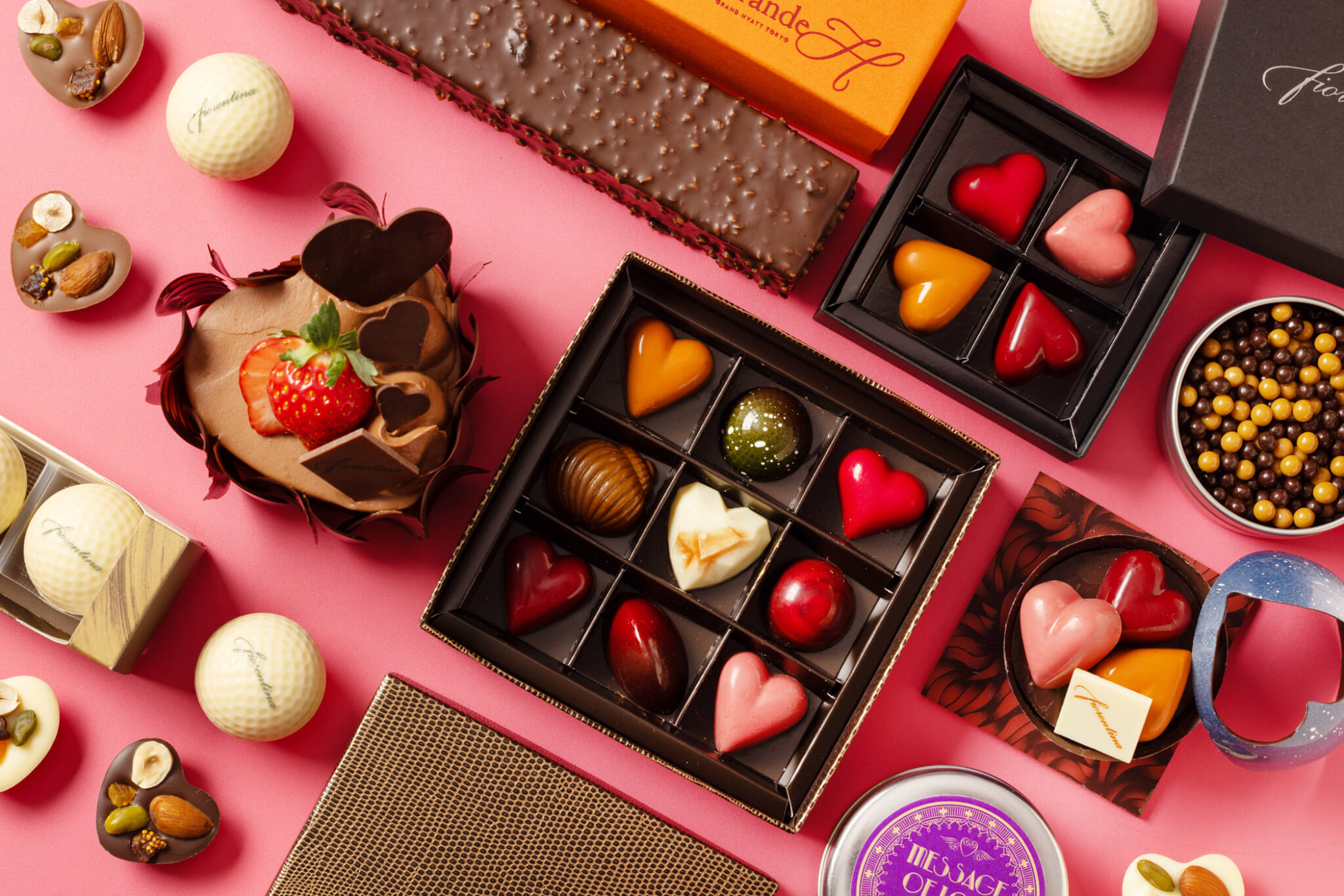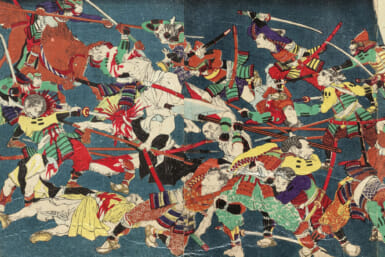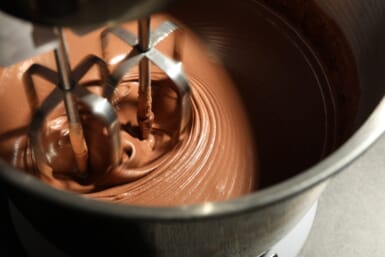We’ve entered February, the month of love, and for those with a sweet tooth, the month of chocolate. On Valentine’s Day, we make our love tangible by giving the sweet treat that melts on our tongues like our hearts in the presence of loved ones. We sat down with Grand Hyatt Tokyo’s very own award-winning pastry chef Hiroshi Kaneko, to talk about the hotel’s original chocolate blend, Grande H, and what it takes to make chocolates for your special someone.
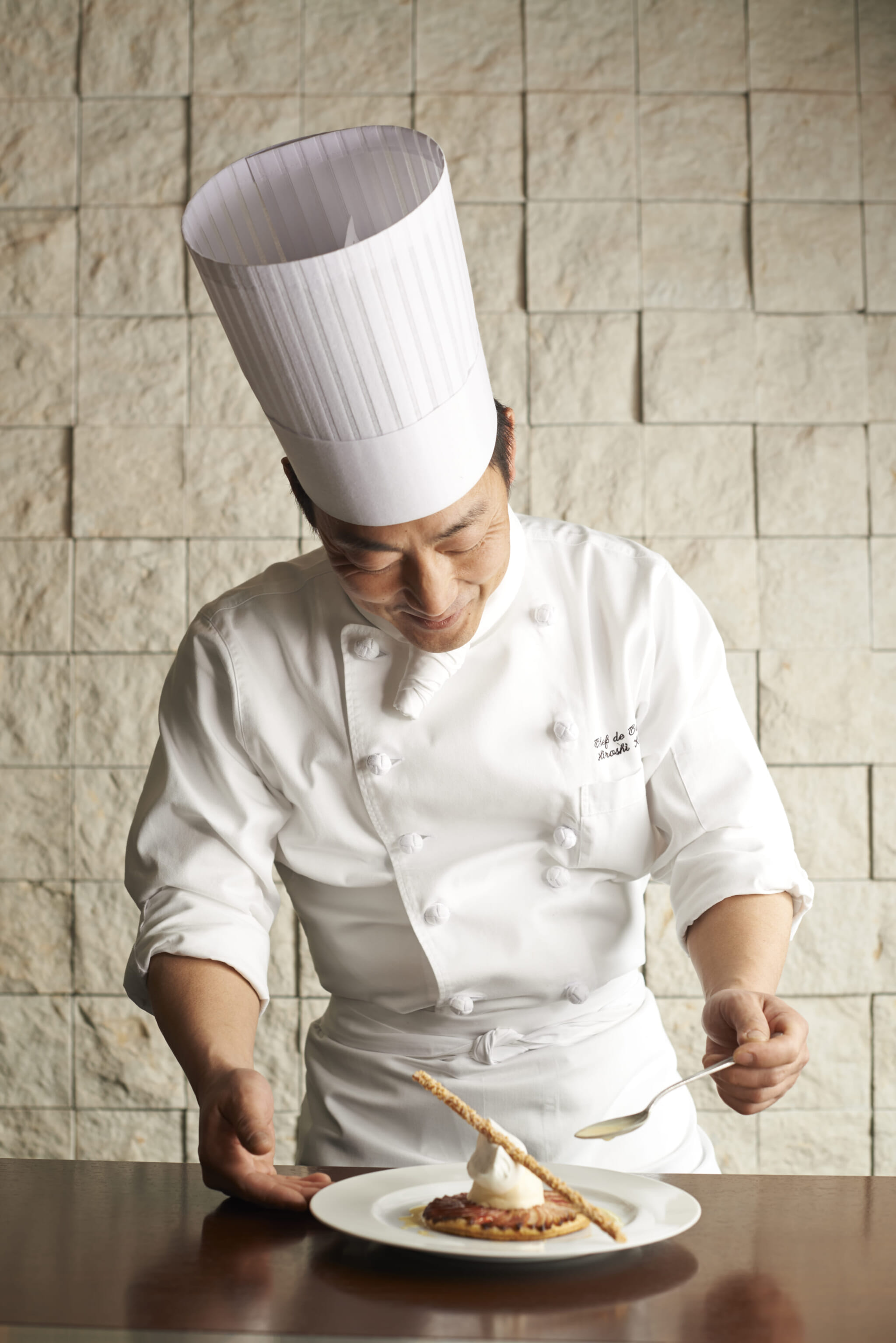
Chef Hiroshi Kaneko Crafting Pastries. Courtesy of Grand Hyatt Tokyo
The Grande H Chocolate Blend
Entering the Prince Hotel’s pastry kitchen immediately after graduation, Kaneko has been in the sweets business for a long time. He transferred over to Grand Hyatt Tokyo early enough to see Fiorentina Pastry Boutique open back in 2003, and has been hand-crafting the hotel’s mouth-watering delicacies ever since. In celebration of Grand Hyatt Tokyo’s 15th anniversary, Kaneko traveled to France to work with Cacao Barry to create the hotel’s signature chocolate, Grande H.
Because Grande H chocolate will be used in a variety of ways, from ice cream and cakes to truffles to mousses, the importance of the Grande H blend was for it to be easy to use, and aromatic enough for a punch while still being usable for a wide range of recipes.
“We used Mexican cacao, which has a powerful flavor and woody and spicy notes, as well as Tanzanian cacao, which is more fruity,” Kaneko explains of the chocolate’s flavor profiles. At just over 70% cacao, Grande H chocolate is well-balanced, while the spicy and woody flavor lends itself to combine perfectly with strawberries and raspberries, a staple for Valentine’s chocolate.
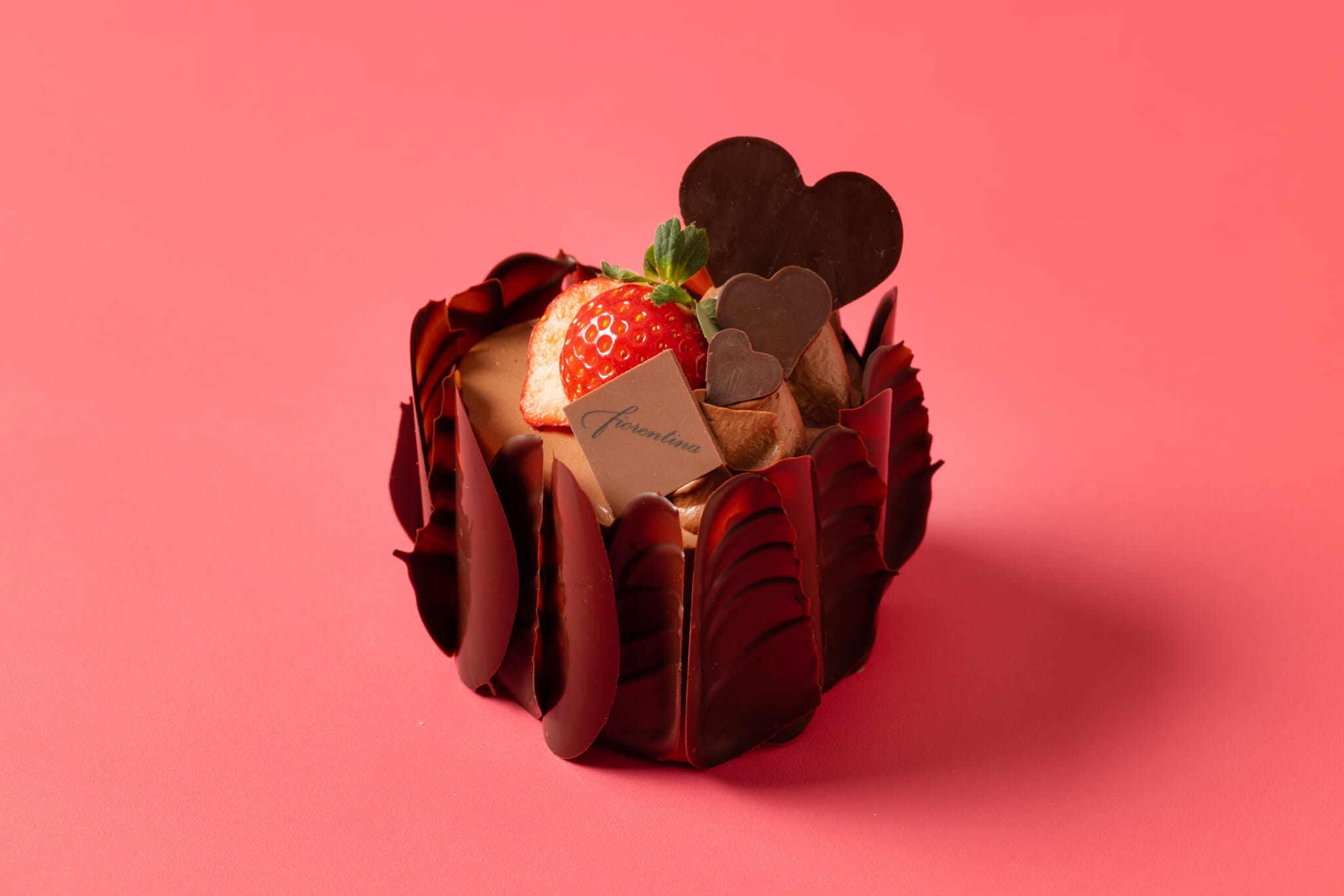
Grand Premium Chantilly Chocolat Shortcake. Courtesy of Grand Hyatt Tokyo
Chocolates in Japan
Nowadays, it’s hard to imagine Tokyo’s luxury hotels without its pastry boutiques, or intricate chocolate bonbons perfectly lined up at confectionery stores, but in Kaneko’s experience, chocolate wasn’t always so present in the world of Japanese sweets. “I’ve really seen a boost in popularity for chocolate in the last 20 years,” he says. “The term chocolatier wasn’t even in the Japanese vernacular when I started as a pastry chef. I grew up on Meiji chocolate bars.”
Watching from the kitchen, Kaneko has a distinctive perspective of Japan’s Valentine custom, where women give chocolates to men. “I’ve noticed that women pay a lot of attention to detail and ask a lot of questions when buying chocolate for Valentine’s Day. On White Day though, panicked men come into our store and barely look at the chocolate they’re buying.” He chuckles, commenting on the holiday that happens exactly one month after Valentine’s Day, where men return the favor and give chocolate to women. “Our chocolates are quite intricate and thoughtful, so I think most people who buy our chocolates give them to serious partners, or even as a gift for themselves. I certainly hope people can spread the love with our chocolates.”
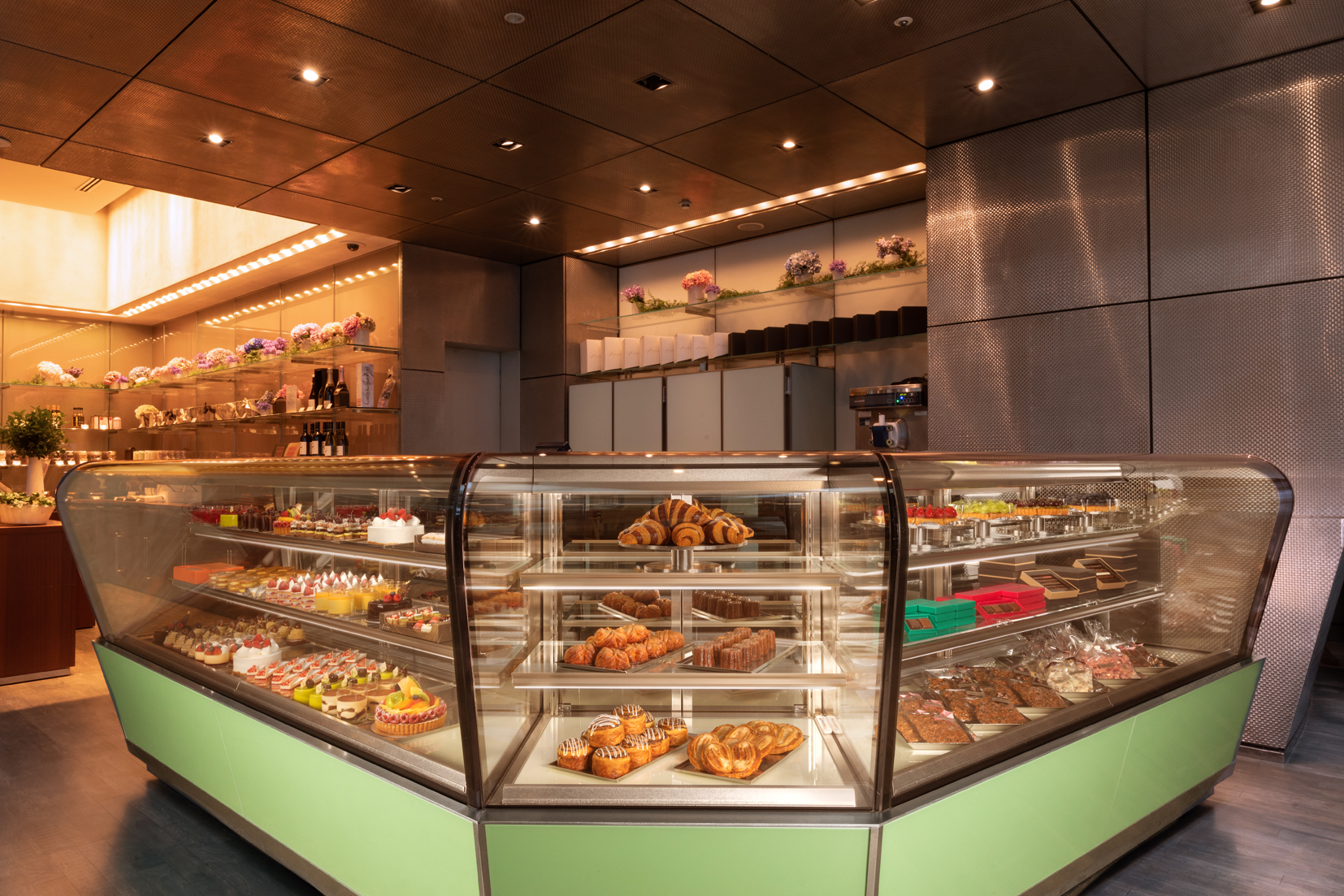
Fiorentina Pastry Boutique. Courtesy of Grand Hyatt Tokyo
A Labor of Love
Like a new love, chocolate is sensitive and needs care. Kaneko knows this well, as he describes the painstaking tempering process. “Temperature and humidity is life for chocolate. If any bit of liquid gets into it, we have to adapt it for mousses, or something a little less fickle. You heat the chocolate up to about 48 degrees with a hot water bath, then drop it to 28 degrees in an ice bath, then back up to 31, with temperatures depending on the chocolate.”
He shares some helpful tips for those at home wanting to make their own chocolate this love season. “If you want to avoid water around your chocolate, microwaving is a great option. You can stick two-thirds of your chocolate in the microwave and heat it to about 48 degrees, then add the remaining third and your mixture will already be at the 31 or so degrees that you want. Make sure to stir regularly to keep the chocolate from burning, and use a thermometer.”
“It’s not that hard once you get the hang of it,” Kaneko says, though it’s clear the craft of chocolate takes skill but more importantly, patience. “While cooling, if you use an ice bath, the parts where there is ice might harden the chocolate and cool it down too much. Even though it might take more time, using cold water is a more sure-fire way to get the ideal results for tempering chocolate.”
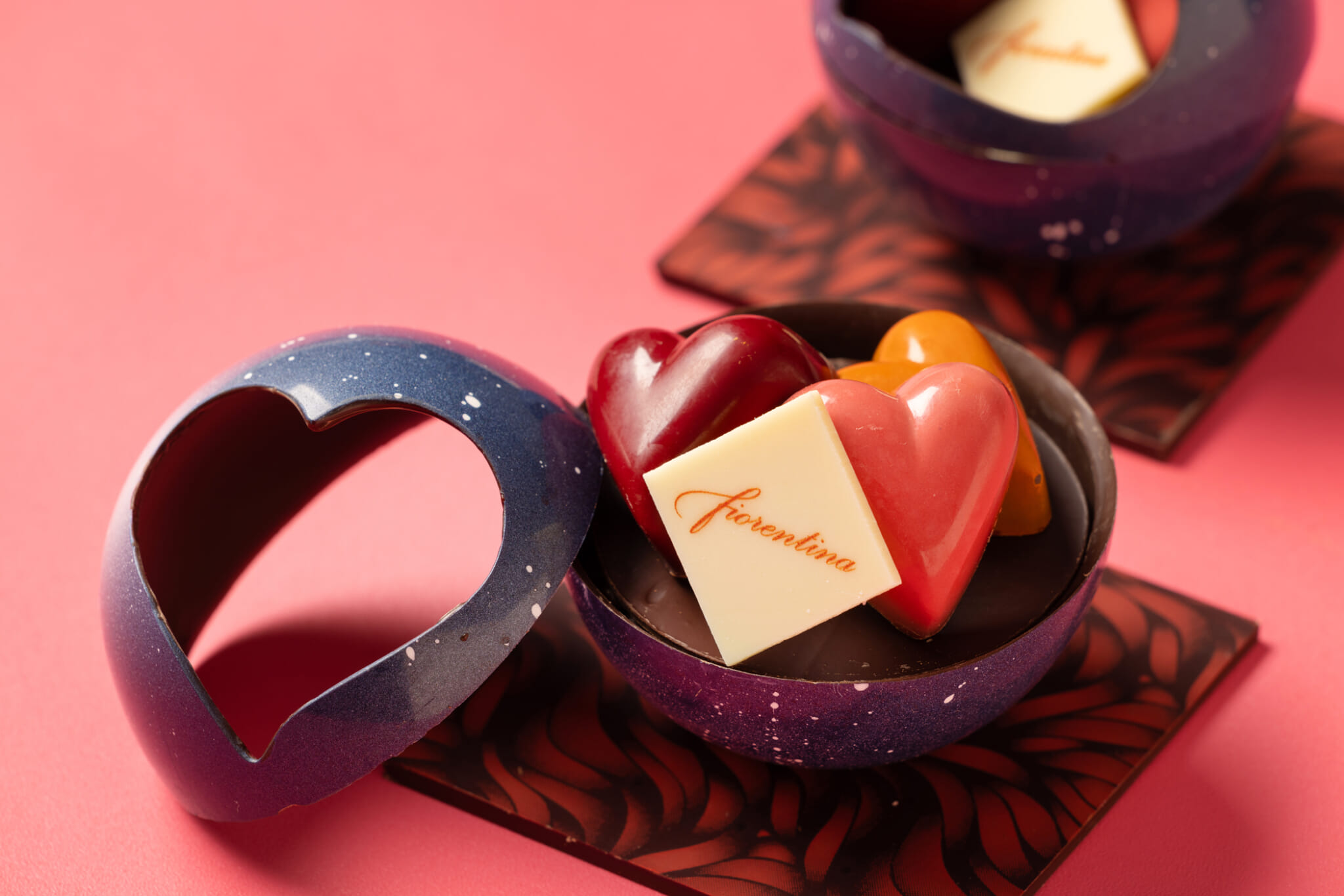
Chocolat Cosmos. Courtesy of Grand Hyatt Tokyo
A Group Effort
Though Kaneko has been in the pastry business for a while, he doesn’t have that many personal memories of making chocolate for his loved ones. “Ever since I graduated and became a chef, Christmas gets really busy, and then we have to prepare for Valentine’s Day, and then right after that is White Day, so it’s really busy from December to March. I don’t have that many personal memories associated with these holidays to be honest, but as difficult as it is, it’s rewarding to think of new chocolates and pastries every year.”
As a chef who not only creates sweets for Grand Hyatt Tokyo’s 10 restaurants and bars but also has participated in several competitions, Kankeko knows the value of trial and error. “I have a lot of people try my new chocolates over and over. For competitions, I might adjust how much of an ingredient I use by a tenth of a gram, or change the layers by a millimeter. For ingredients, I could switch a Spanish almond to a Sicilian one, and that alone can change the composition of the sweet. It’s tough work, and after so many tries, you definitely struggle to decide which version is best. That’s when I rely on my team members and family.”
Though it is ultimately his own taste and final judgment that grants him his awards, he certainly relies on the support around him to make his chocolate creations come to life.
As one of the most temperamental ingredients to manipulate in the pastry world, it takes a lot of love and craftsmanship to deliver the kind of chocolates that Grand Hyatt Tokyo brings to its guests every day. If you’re not sure what to get for your special someone this year, celebrate the season of love with Chef Kaneko’s expertly made Chocolat Cosmos, Grand Premium Chantilly Chocolat Shortcake and Grande H Bana Brownie, made possible by the Grande H chocolate.

